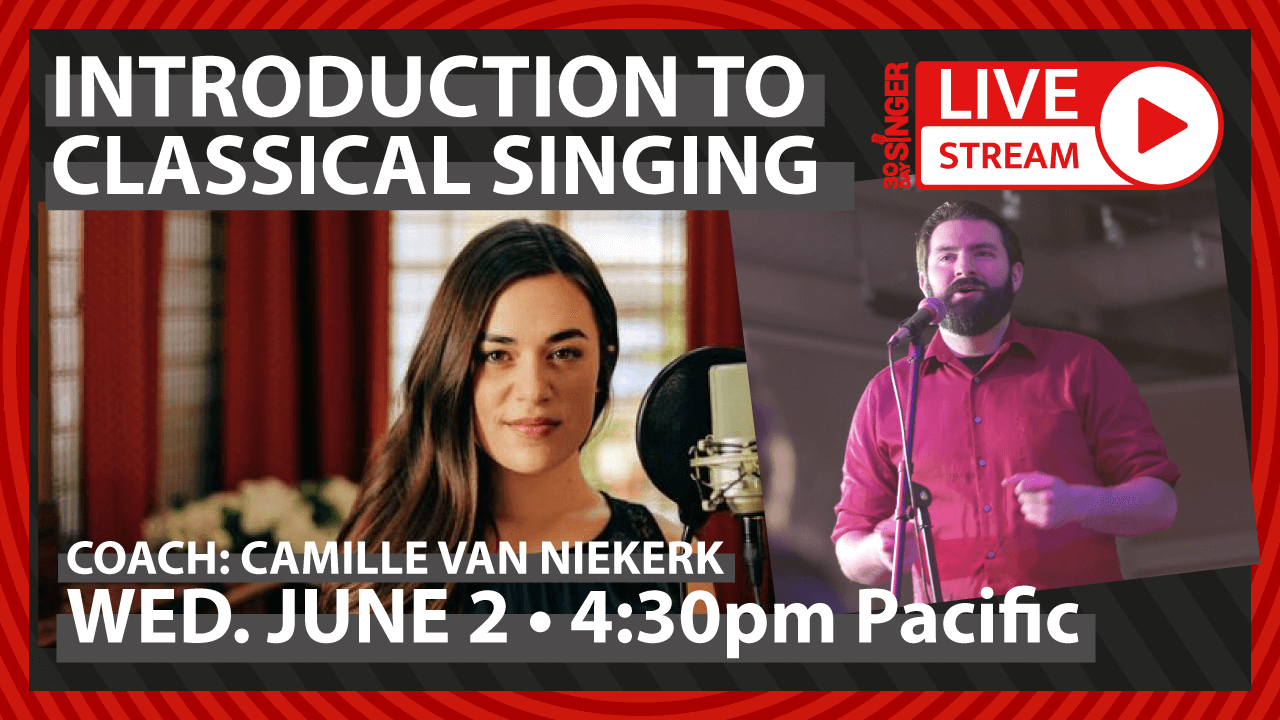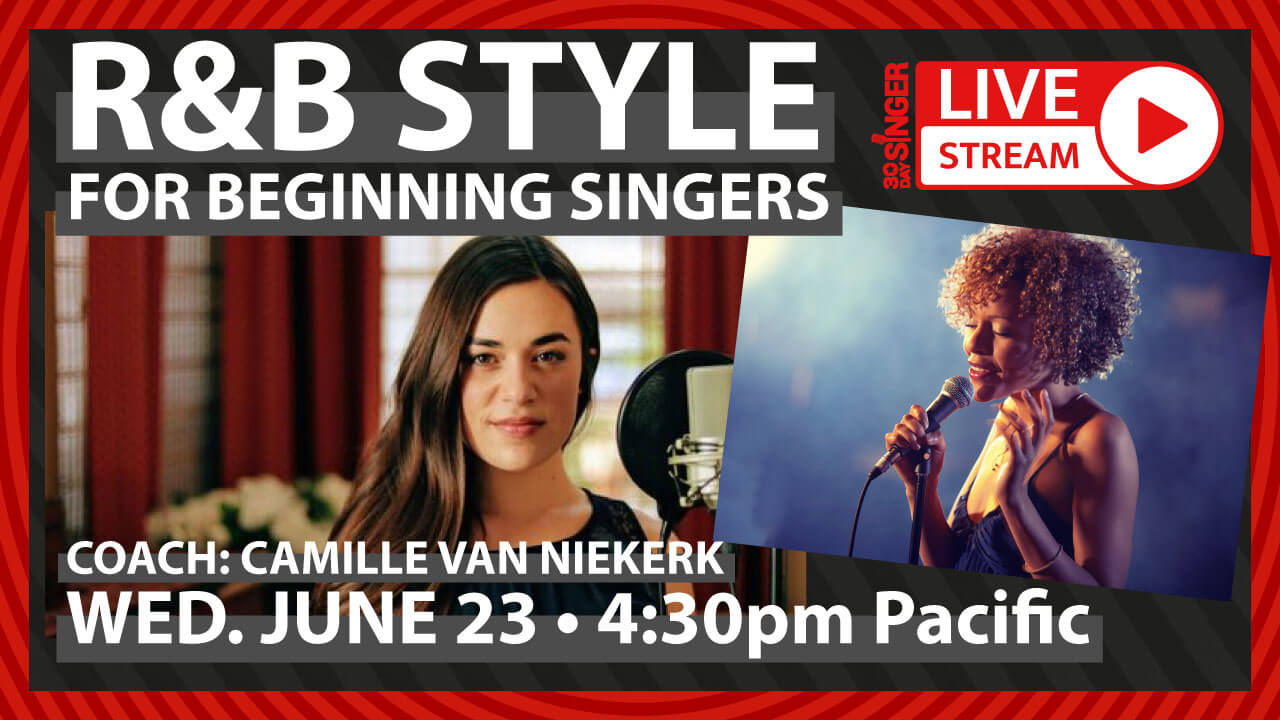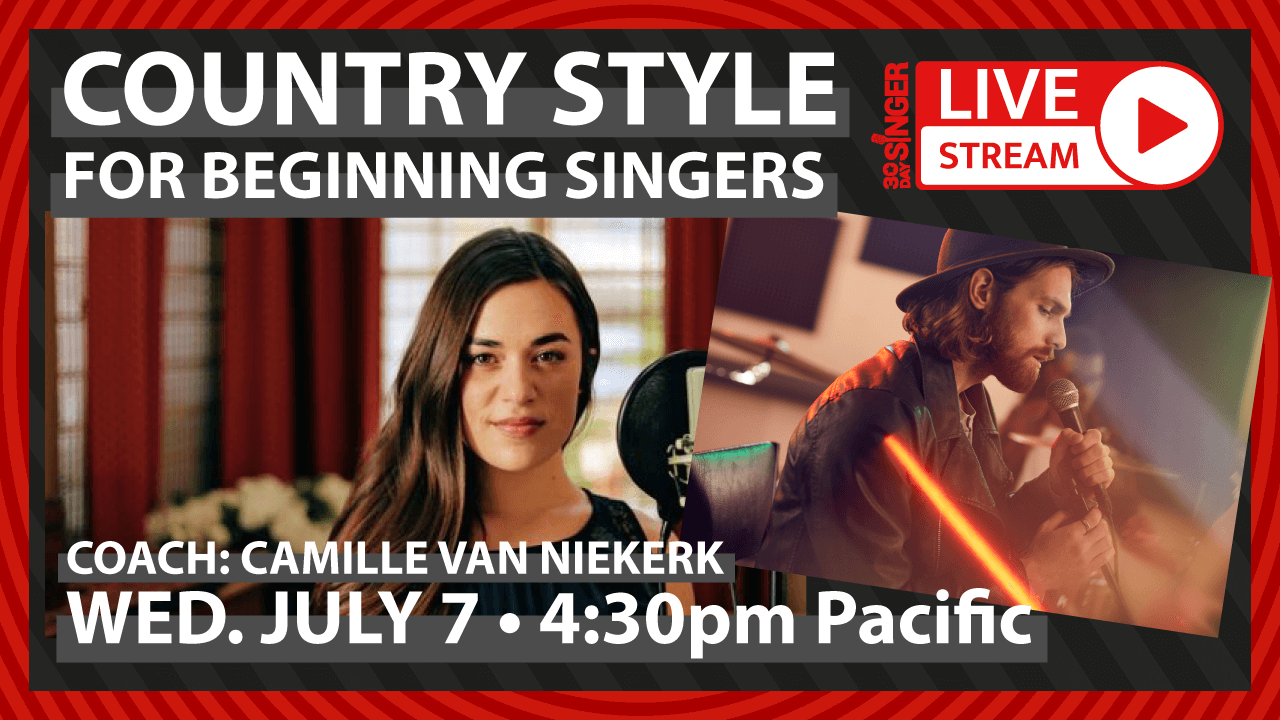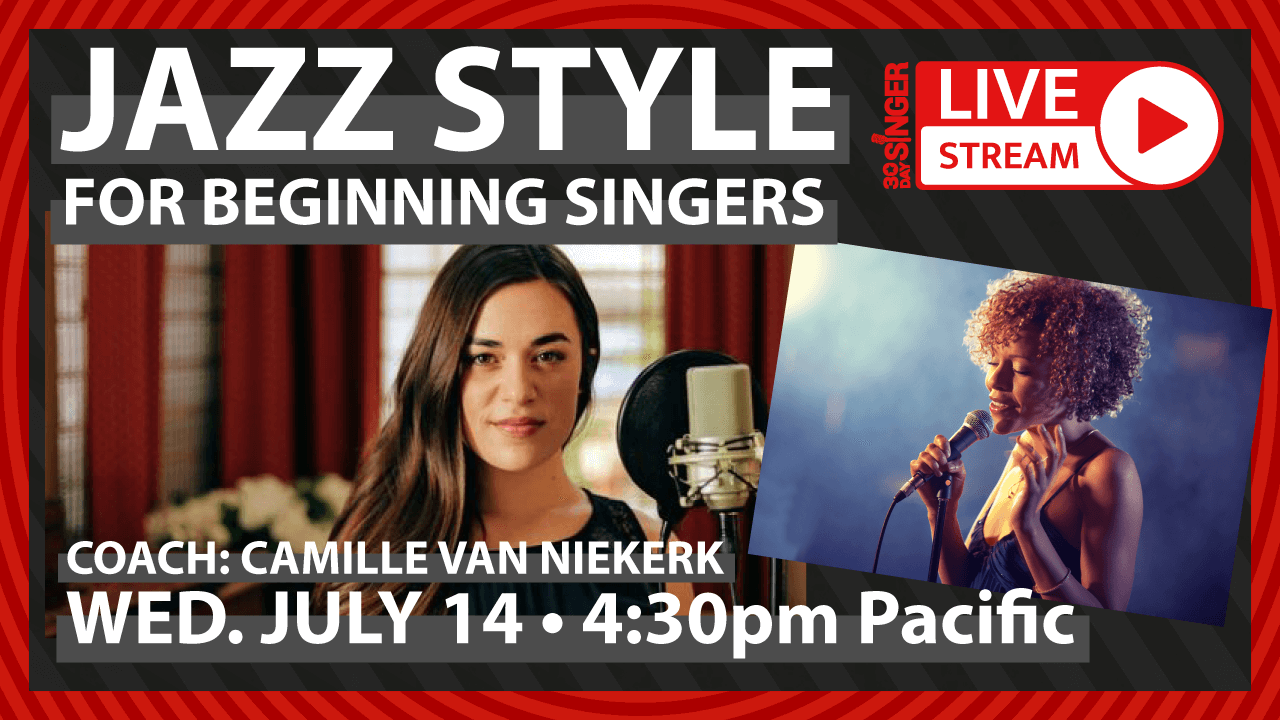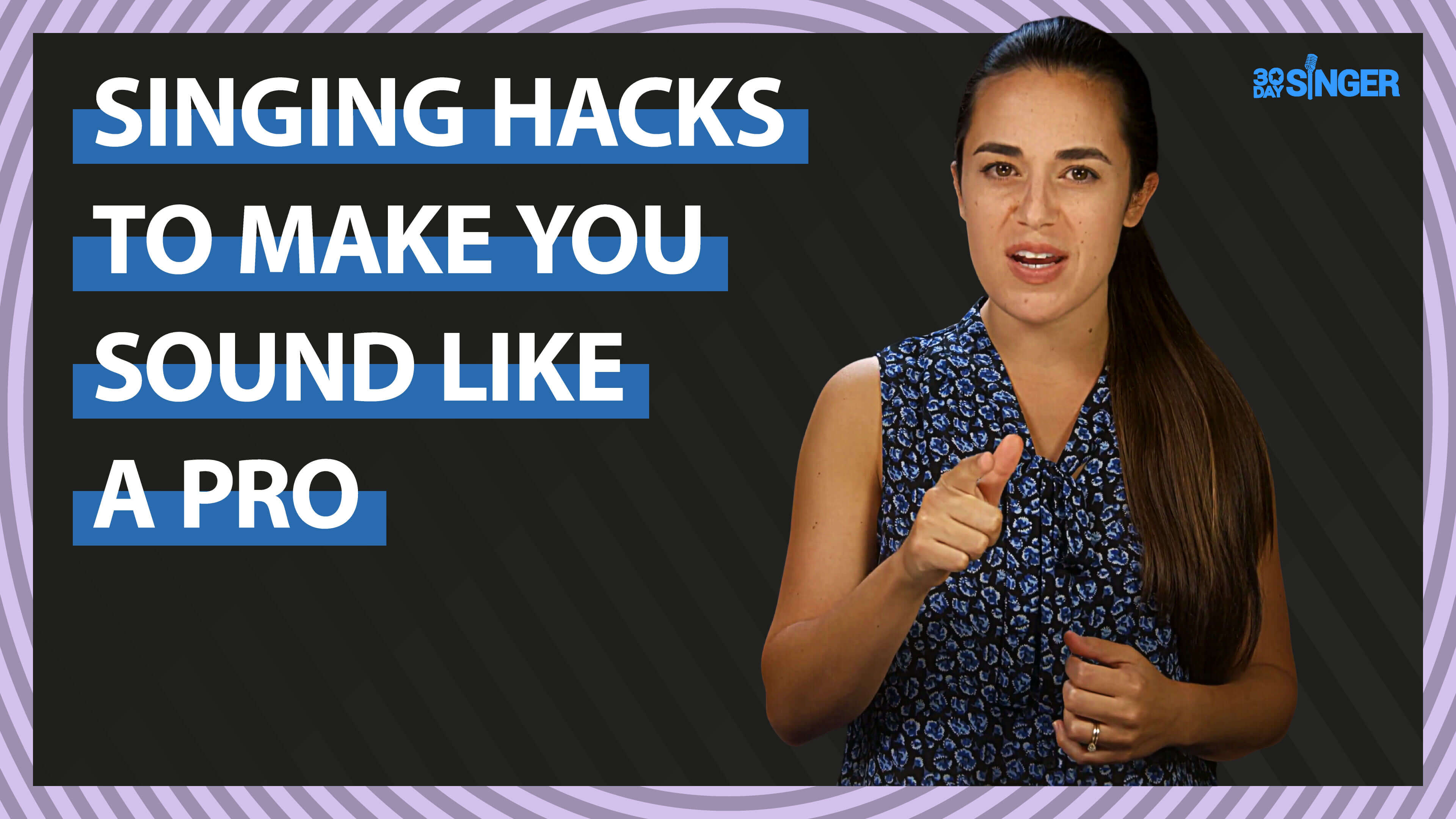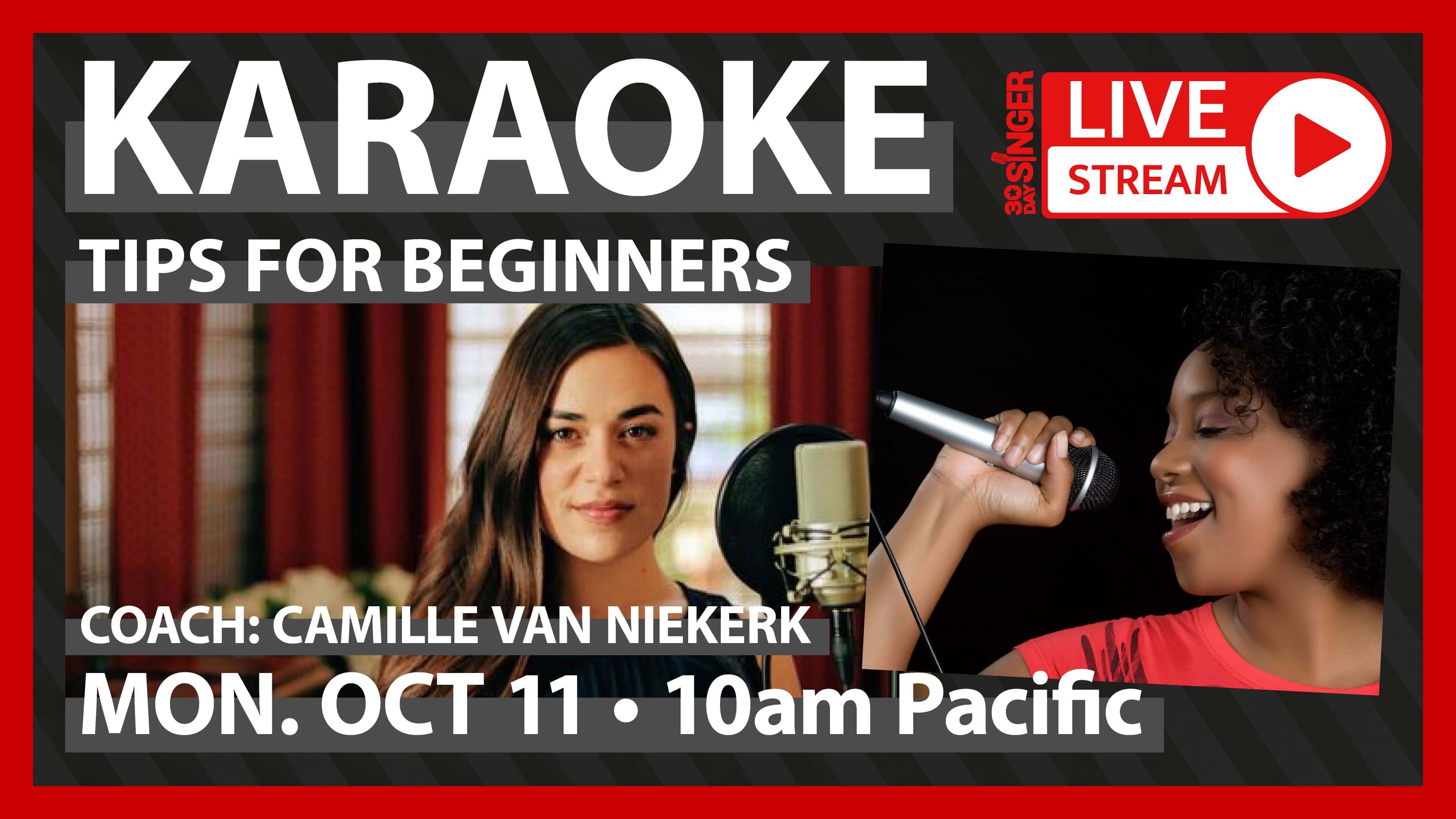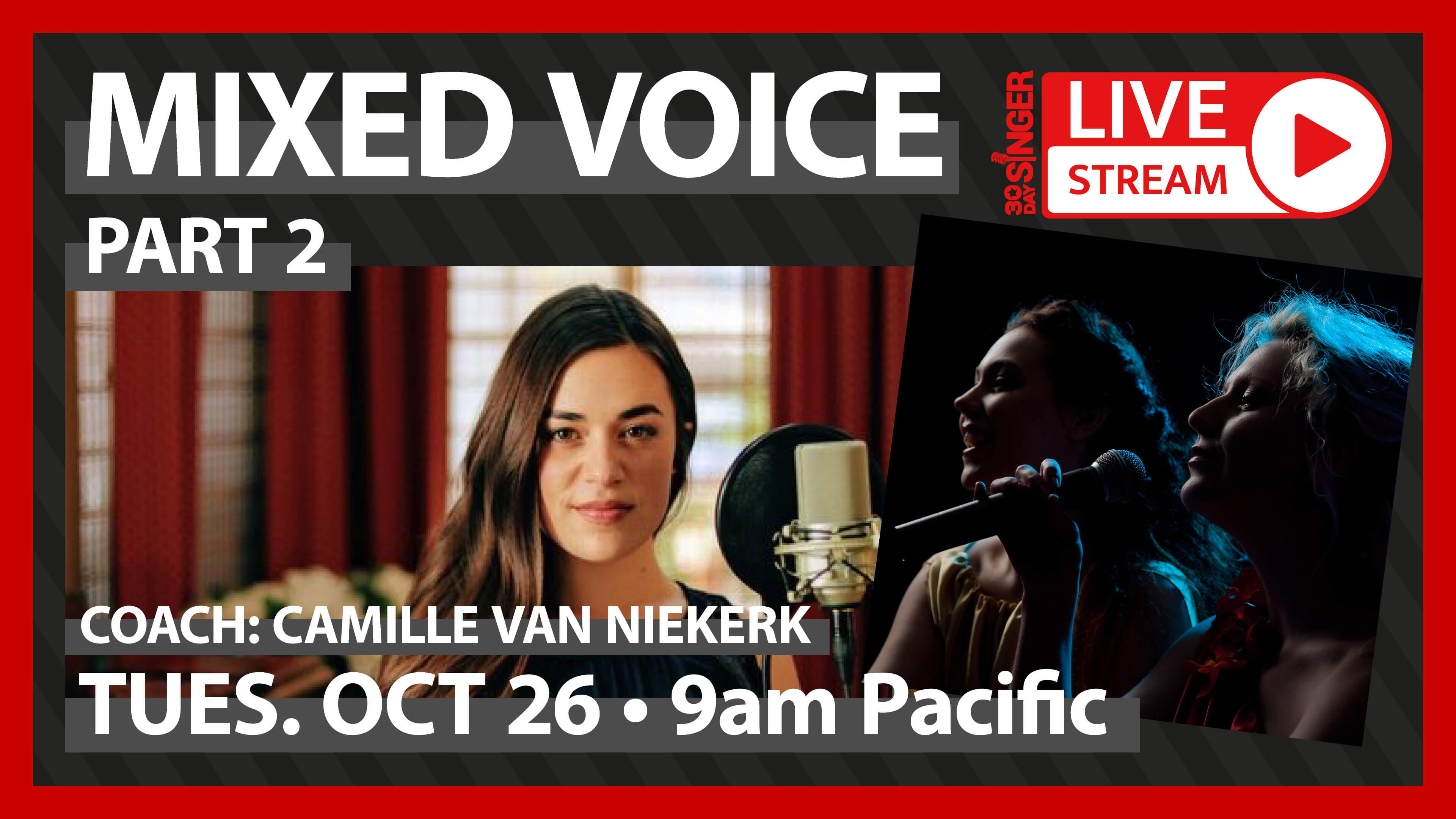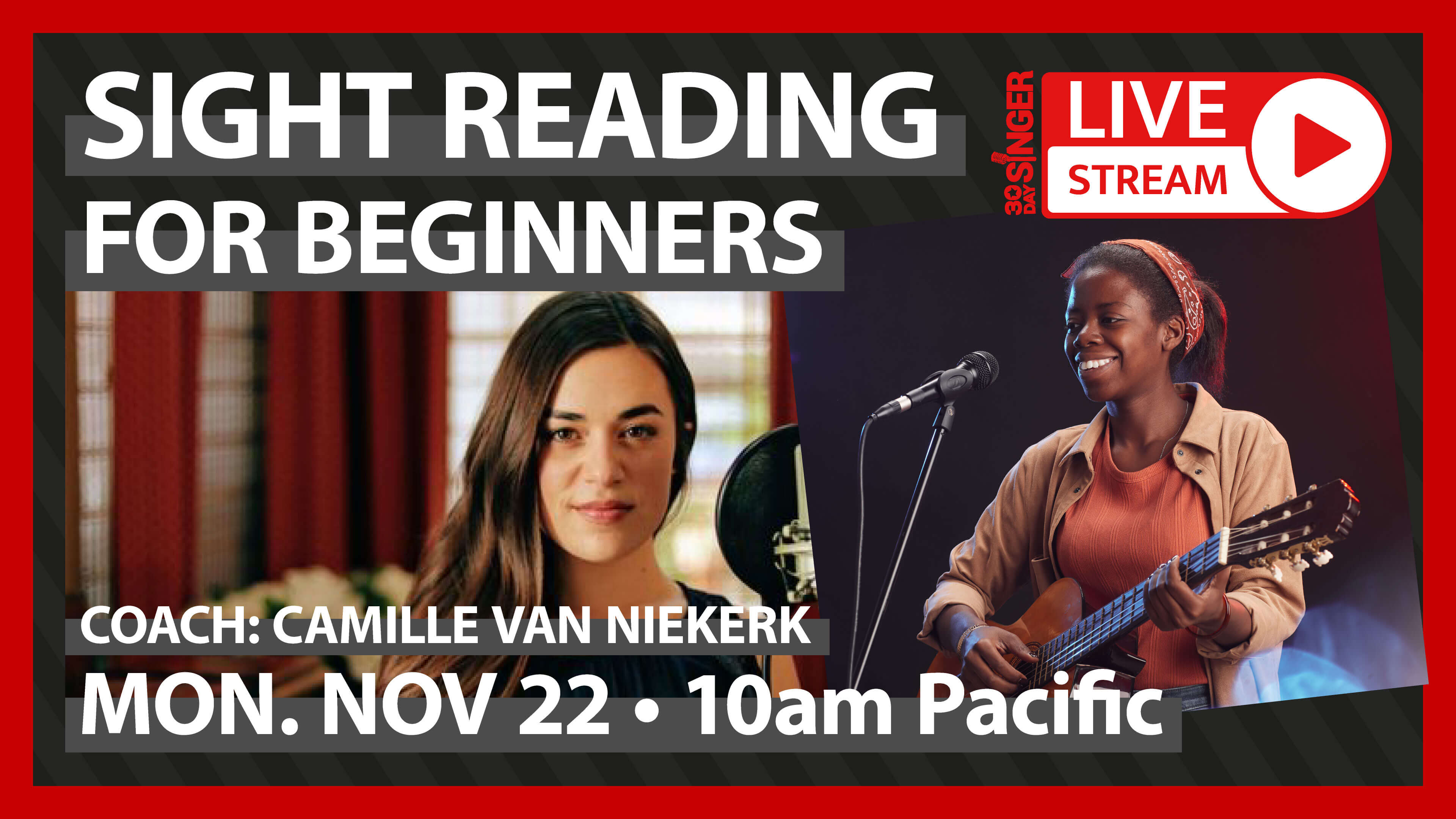Style and Performance
Welcome to the Style and Performance section of 30 Day Singer. As you grow comfortable with basic vocal techniques, these lessons provide a deeper focus around vocal stylization along with tips on how to perform like a pro! There are many styles of singing to explore and master, from pop, R&B, rock, classical, and country. Let us teach you how to sing in these styles with more ease for your next performance. After a few lessons you will find yourself singing with more confidence, poise, and with a signature style all your own.
TUTORIALS
Intro To Classical Singing
By Camille van NiekerkWe'll cover: - Neutral to low larynx position - Lifted soft palate - Pure vowels - Free vibrato
Easy R&B Vocal Style For Beginning Singers
By Camille van NiekerkIn this live lesson we'll cover how to sing with an R&B style! Topics include riffs & runs, smooth, rich tone, consistent vibrato and song examples from popular artists.
Easy Indie/Alternative Singing Style For Beginners
By Camille van NiekerkLearn how to sing Indie/Alt style vocals! In this live lesson we'll cover vocal fry, slides & falls, conversational pronunciation and more! We will learn these techniques with song examples from popular artists.
Easy Country Vocal Style For Beginners
By Camille van NiekerkHow to sing country vocals? In this live lesson we will teach you country vocal techniques. We will cover accent & vowel shapes, twang and scoops & falls by using song examples from popular artists.
Jazz Vocal Style for Beginning Singers
By Camille van NiekerkIn this live lesson we'll cover jazz vocal techniques such as vibrato as an effect, back phrasing and chromaticism using song examples from popular artists.
Singing Hacks To Make You Sound Like a Pro
By Camille van NiekerkPerfecting our skills can take time and determination. But is there a cheat code to help you along the way? Camille shares her singing hacks to help you sound like the pro's!
Karaoke Tips For Beginners
By Camille van NiekerkIn this Live Lesson we'll cover all things Karaoke including warming up (why and how to warm up your voice), choosing a good song for your voice, how to rehearse, dealing with nerves along with some easy song suggestions.
How to Sing with Mixed Voice Pt. 2
By Camille van NiekerkIn this Live Lesson we'll cover: how to tell if you tend to "shout" or "flip", exercises to help correct those tendencies, and vowel modifications to encourage "mix."
Sight Reading For Beginning Singers
By Camille van NiekerkVocalists, learn to sight read in our Live Lesson! We'll cover: solfege vs. number system; keys; intervals; and chromaticism.
Frequently Asked Questions
Some great vocal warmups for singers start with gentle humming or lip trills to relax and engage your vocal cords without straining them. Then, work through some scales to gradually increase your pitch range and get your voice fully warmed up.
For a quick 5 minutes vocal warm up, try some lip trills or gentle humming for a couple of minutes. It’s effective and quickly preps your vocal cords for singing or speaking without overdoing it.
When your voice is sick, keep singing warmups light and gentle—like humming or low, quiet scales. Also, drink lots of warm fluids and rest your voice as much as possible.
Start with some light humming, followed by a few pitch glides (from low to high sounds) to get your voice comfortable. Finish with a few tongue and lip trills to help with articulation.
Two good vocal warm ups are humming and lip trills. These are super effective and easy vocal warm-ups that gently activate your vocal cords without causing strain. Both are great for starting any vocal exercise.
Breathing exercises and resonance drills, like humming and vocal slides, improve the quality and projection of your speaking voice. They help develop control and clarity, making your voice sound more confident.
Hydrate regularly, practice breathing exercises, and do daily warm-ups. Consistency with these habits will help your voice sound smoother and stronger over time.
To strengthen a weak speaking voice, practice deep breathing and speak from your diaphragm to add power. Also, try projection exercises like speaking in front of a mirror to boost confidence and clarity.
Focus on articulation exercises, like tongue twisters, and practice controlling your breath to avoid running out mid-sentence. Over time, these will improve clarity and help you speak with ease.
The four vocal function exercises are sustained phonation (holding a sound steadily), pitch glides (sliding between notes), lip trills, and staccato sounds on different pitches. They work together to strengthen and balance your vocal cords.

